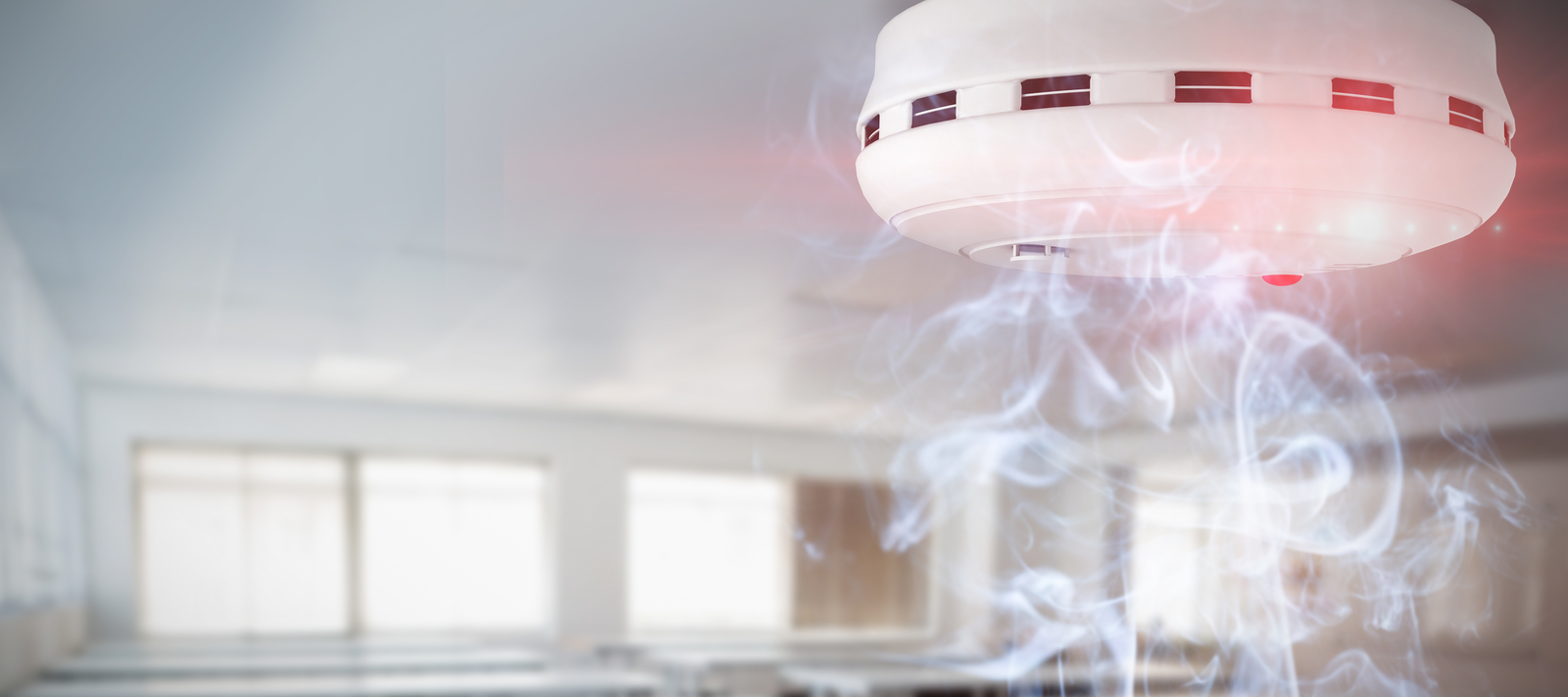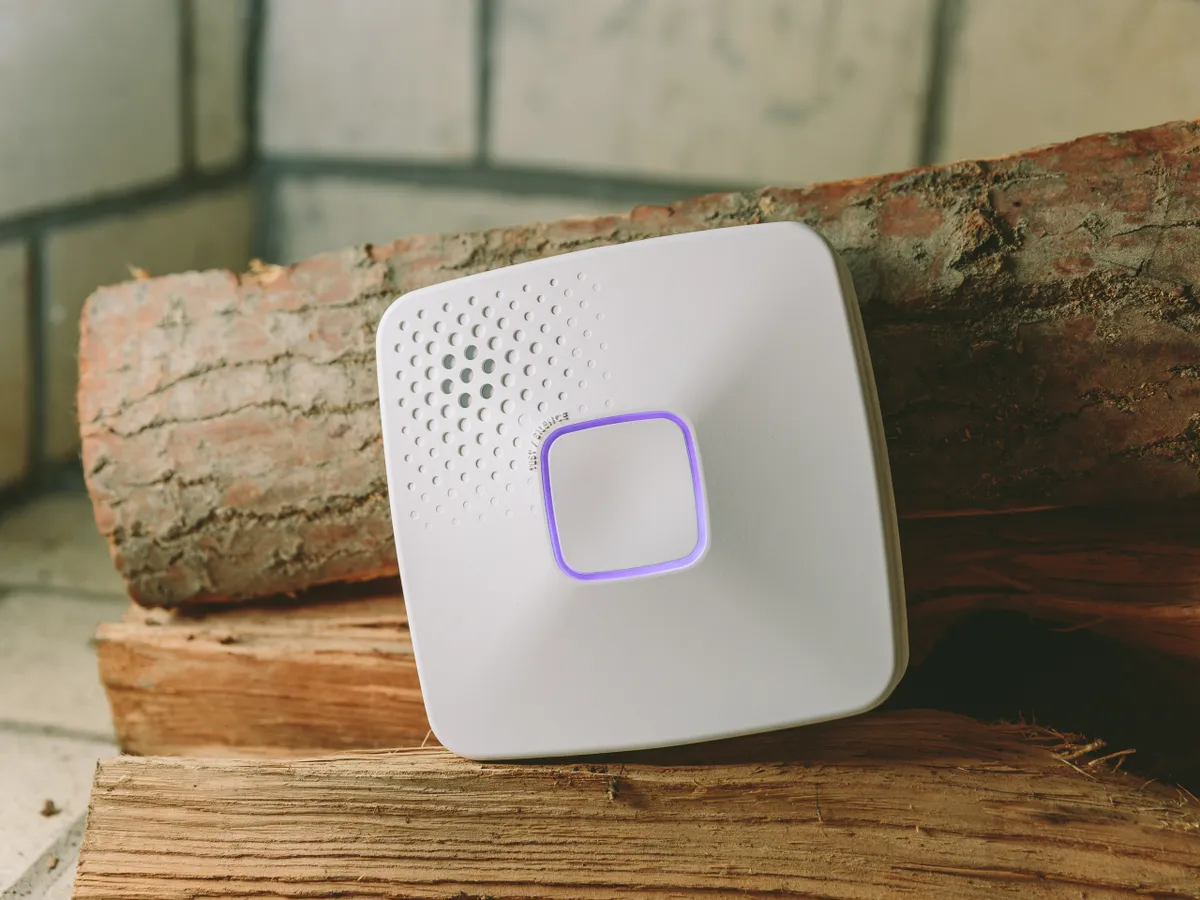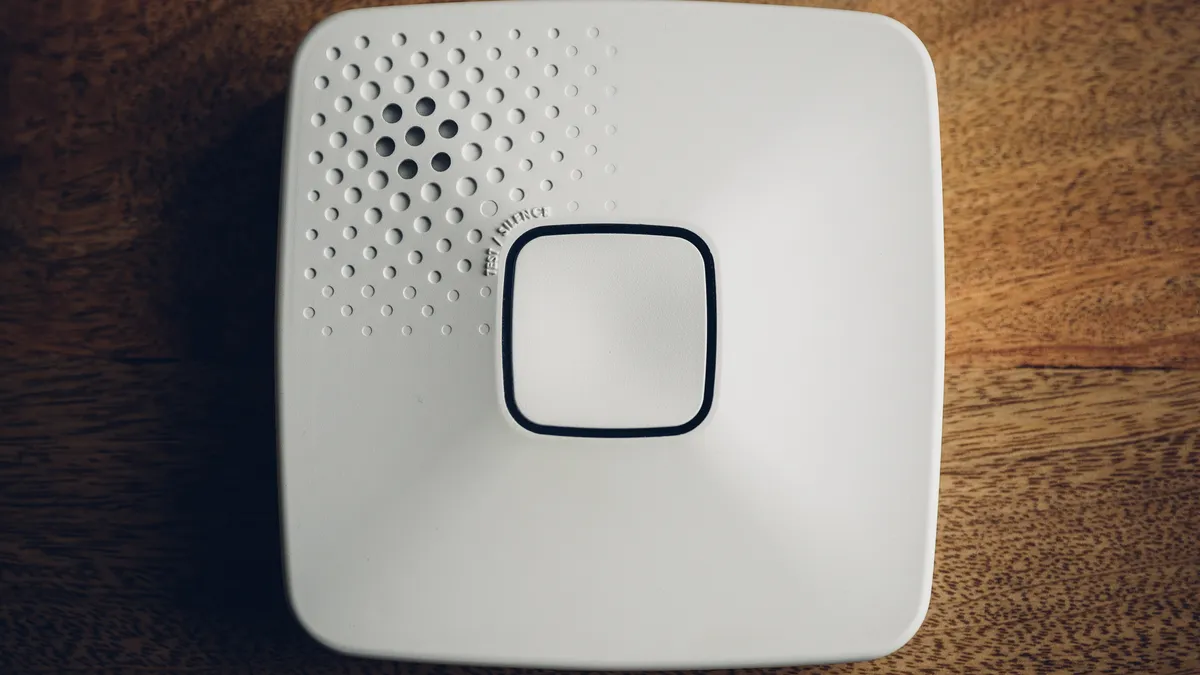 I. Introduction
I. Introduction
A properly functioning smoke alarm is an essential component of home safety. It acts as an early warning device, alerting homeowners to the presence of smoke and potential fire hazards. Without a functioning smoke alarm, the safety of residents is compromised, and the risk of injuries and fatalities due to fire increases significantly. It is therefore crucial to understand the importance of resetting a smoke alarm after battery replacement to ensure that it continues to serve its purpose effectively.
II. Understanding the Importance of Resetting a Smoke Alarm
A. Purpose of resetting
- Restoring functionality: Resetting a smoke alarm after replacing the batteries helps restore its functionality. Over time, smoke alarms may develop glitches or malfunctions due to various reasons. Resetting provides a fresh start and allows the alarm to recalibrate itself, ensuring optimal performance.
- Clearing residual signals or alerts: In some cases, replacing the batteries in a smoke alarm triggers a residual signal or alert, indicating a previous issue.
B. Significance for home safety
- Ensuring readiness to detect and alert in case of a fire: After replacing the batteries, resetting the smoke alarm is crucial to ensure that it is ready to detect and alert in the event of a fire. Without resetting, the alarm may not function correctly, leading to delayed or no warning when smoke is present. This can be extremely dangerous, as it reduces the time available for evacuation and increases the risk of injuries and fatalities.
-
Minimizing false alarms or other issues: Resetting a smoke alarm also helps minimize false alarms or other issues that may arise after battery replacement. False alarms can cause unnecessary panic and potentially lead to disregarding future alarms, putting lives at risk. Resetting the alarm helps eliminate any residual issues or false readings, ensuring accurate smoke detection and reducing the likelihood of false alarms.
III. Steps to Reset a Smoke Alarm After Replacing the Battery
A. Turning off the power
Before attempting to reset a smoke alarm after replacing the battery, it is important to turn off the power to the alarm. This can be done by locating the power switch on the alarm or by removing the smoke alarm itself from its mounting on the wall or ceiling. Turning off the power ensures that there is no electrical current running through the alarm while you are working with it.
B. Accessing the battery compartment
Next, you will need to access the battery compartment of the smoke alarm. This is usually done by opening a compartment slide or removing the cover of the alarm. Refer to the alarm’s manual or instructions for specific guidance on accessing the battery compartment.
C. Removing the old battery and replacing it with a new one
Once you have accessed the battery compartment, carefully remove the old battery. It is important to handle the battery properly and dispose of it in accordance with local regulations. Most batteries can be recycled, so be sure to check with your local recycling center for proper disposal methods.
After removing the old battery, insert a fresh, compatible battery into the compartment. Pay attention to the correct polarity, indicated by markings inside the compartment. Insert the battery with the positive and negative ends matching the markings.
D. Resetting the smoke alarm
To reset the smoke alarm, locate the reset button on the alarm. This button is often small and can be found near the battery compartment or on the front of the alarm. Once you have located the reset button, press and hold it for a few seconds. You may hear a beep or see a light indicator, signaling that the alarm has been reset.
E. Testing the smoke alarm
After resetting the alarm, it is important to test its functionality to ensure that it is working properly. To do this, turn on the power to the smoke alarm by either pressing the test button or reconnecting it to its mounting. This will simulate a smoke detection and trigger the alarm.
As the alarm sounds, step back and listen for a loud and clear alarm sound. This will indicate that the smoke alarm is in proper working order. If the alarm does not sound, double-check the battery installation and reset the alarm again, following the previously mentioned steps.
Testing the smoke alarm regularly is essential for maintaining home safety. It is recommended to test smoke alarms at least once a month to ensure that they are functioning correctly and able to detect and alert in case of a fire.
IV. Troubleshooting Common Issues
A. Alarm still beeping after battery replacement
Having the alarm still beeping after replacing the battery can be frustrating and concerning. Here are some steps to troubleshoot and resolve this issue:
- Verify the battery installation: Double-check if the battery is properly inserted and making good contact with the terminal. Ensure the battery is aligned correctly with the positive (+) and negative (-) terminals.
- Check for debris or dust: Clean the smoke alarm with a soft brush or vacuum cleaner to remove any debris or dust that may be interfering with the sensor or causing a false alarm.
- Test the alarm button: Press and hold the “Test” button on the smoke alarm. The alarm should sound briefly, indicating that it is functioning correctly. If it doesn’t sound, there may be a problem with the smoke alarm itself, and it may need to be replaced.
- Reset the smoke alarm: If the smoke alarm is still beeping, try resetting it. Locate the reset button, usually located on the side or back of the alarm, and press and hold it for a few seconds. This should reset the alarm and stop the beeping.
- Replace the smoke alarm: If none of the above steps work, it may be necessary to replace the smoke alarm. Smoke alarms have a recommended lifespan of 8-10 years, so if your alarm is older, it is a good idea to replace it with a new one.
B. Alarm not resetting after battery replacement
If your smoke alarm is not resetting after replacing the battery, follow these steps to troubleshoot the issue:
- Check the battery connection: Ensure that the battery is properly inserted and making good contact with the terminals. If the connection is loose or corroded, clean the terminals and tighten the connection.
- Test and replace the battery: Sometimes, even new batteries may be faulty. Test the battery in another device to confirm its functionality. If it doesn’t work in another device, replace the battery with a new one.
-
Reset the alarm following the manufacturer’s instructions: Each smoke alarm model may have specific reset procedures. Refer to the user manual or the manufacturer’s website for instructions on how to properly reset your specific smoke alarm model.
- Power cycle the smoke alarm: Disconnect the power source, either by removing the battery or turning off the electrical circuit if your smoke alarm is hardwired. Leave it disconnected for a few minutes before reconnecting the power source and attempt to reset the alarm again.
C. Other potential issues and solutions
- False alarms: If your smoke alarm is frequently triggering false alarms, it may be due to cooking fumes, steam, or dust. Clean the smoke alarm regularly and ensure it is installed away from areas prone to false alarms.
- Continuous beeping: A continuous beeping sound from your smoke alarm indicates a low battery.
-
Malfunctioning alarm: If your smoke alarm continues to malfunction despite troubleshooting, it may be defective and require replacement. Contact the manufacturer or a professional technician for further assistance.
Conclusion
Regularly maintaining and testing your smoke alarms is crucial for the safety of your home and family. Troubleshooting common issues such as continuous beeping or alarm not resetting after battery replacement can help ensure the proper functioning of your smoke alarms.






